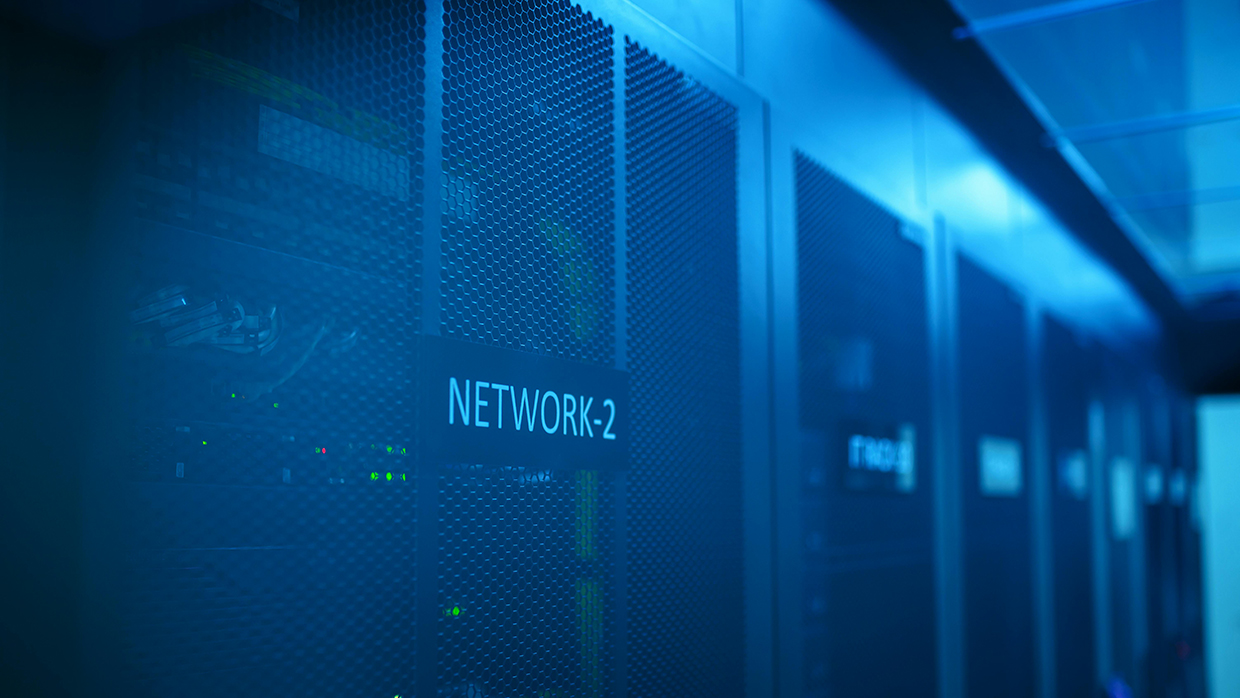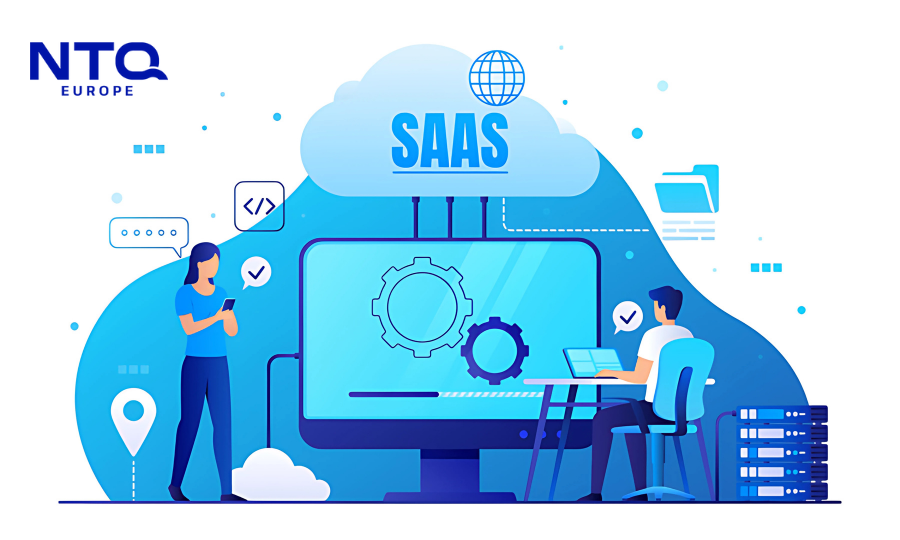Outdated systems can slow down growth, increase costs, and expose security risks. To stay competitive, businesses need legacy system modernization to transform efficiently.
1. Understanding Legacy System Modernization
What is Legacy System Modernization?
Legacy system modernization is the process of updating or transforming outdated IT systems whether it’s software, hardware, or entire architectures to align with modern business needs, technologies, and user expectations. Modernization can involve refactoring code, migrating to the cloud, integrating APIs, or even fully rebuilding the system from scratch.Rather than replacing everything all at once, modernization offers a structured, often phased approach to improve performance, reduce costs, and future-proof digital infrastructure without interrupting core operations.
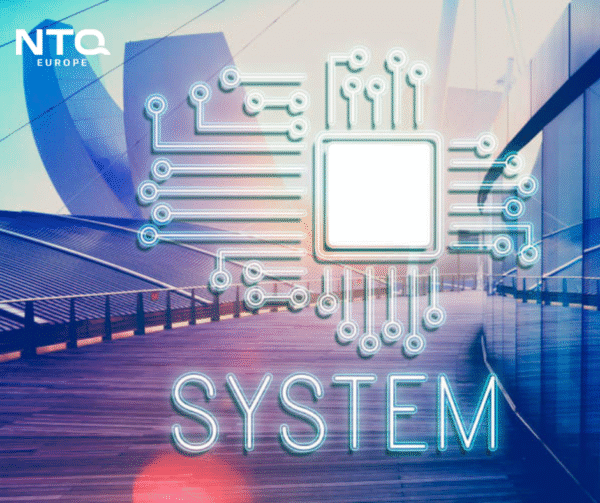
Why Do Businesses Need to Modernize Legacy Systems?
Modernizing legacy systems gives companies an opportunity to move faster, work smarter, and innovate with confidence while preserving the valuable business logic and data they’ve built up over the years.
The Challenges of Maintaining Legacy Systems
Relying on outdated systems comes with a variety of long-term risks:
- Limited Performance and Scalability: Legacy systems are often unable to handle increased user loads or meet growing business demands .
- Security Vulnerabilities: Outdated code and unsupported platforms leave businesses exposed to cyber threats and non-compliance with data protection regulations.
- High Maintenance Costs: As technology ages, finding qualified engineers to maintain it becomes harder and more expensive.
- Lack of Integration: Legacy systems often are unable to connect seamlessly with cloud services, mobile apps, or other digital tools required in modern operations.
Legacy Systems vs. Modern Systems
| Aspect | Legacy Systems | Modern Systems |
| Architecture | Monolithic, rigid | Modular, API-first, cloud-native |
| Maintenance | Expensive, labor-intensive | Easier to maintain with modern tools and DevOps practices |
| Scalability | Difficult and costly | Easily scalable based on demand |
| Security | Often lacks updates, patches, or compliance features | Built with modern security and regulatory standards |
| Integration | Limited or closed systems | Open, flexible integration with third-party tools and platforms |
2. Common Challenges of Legacy Systems
As technology advances, businesses relying on legacy systems face a growing number of operational and strategic obstacles. These systems may have once supported core business functions effectively, but are now often roadblocks to innovation, security, and scalability. Below is a breakdown of the most common challenges businesses encounter with legacy systems and how modernization can help overcome them:
| Challenge | Why It Matters | How to Solve It |
| Poor Performance & Limited Scalability | Legacy systems are often not designed to support modern workloads or high user volumes, resulting in sluggish performance and downtime under pressure. | Refactor or migrate to a cloud-based infrastructure to enhance performance and dynamically scale based on business demands. |
| Weak Security & Compliance Risks | Older systems lack up-to-date security features and are more vulnerable to breaches, making it difficult to comply with regulations like GDPR or ISO. | Conduct regular security audits, patch vulnerabilities, and modernize system architecture with built-in encryption and compliance-ready frameworks. |
| High Maintenance Costs | Legacy systems require constant patching and troubleshooting, leading to rising costs and resource strain. | Reduce reliance on legacy code by gradually modernizing components or replacing outdated platforms with cost-efficient modern alternatives. |
| Limited Integration with Modern Tools | Inflexible architecture restricts the ability to integrate with APIs, SaaS platforms, or modern analytics tools, hindering automation and collaboration. | Use API gateways and microservices to create modular systems that are easier to integrate and extend. |
| Talent Shortages for Support & Upgrades | Fewer IT professionals are trained to maintain outdated technologies, leading to delays, errors, or vendor lock-in. | Transition to technologies with broader community support and available expertise to future-proof your IT workforce. |
| Data Silos and Poor User Experience | Legacy systems often store data in isolated silos, and outdated interfaces reduce usability and customer satisfaction. | Consolidate data through centralized platforms and modernize UI/UX for improved internal and customer-facing experiences. |
3. Legacy System Modernization Strategies: Choosing the Right Path Forward
Modernizing a legacy system isn’t a one-size-fits-all journey. Legacy system modernization approaches need to fit your business goals, technical realities, and user expectations. Whether you’re looking to reduce technical debt, improve agility, or unlock scalability, the right strategy can make all the difference. Below are three best strategies that show you how to modernize legacy systems.
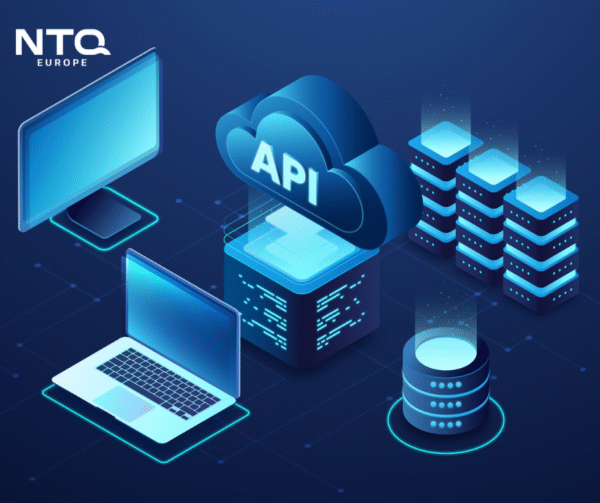
Legacy system modernization approaches need to fit your business goals, technical realities, and user expectations.
Refactoring: Modernizing the Core Without Starting Over
Refactoring focuses on improving the internal structure of existing code without changing its external behavior. This is ideal when your application still delivers business value but suffers from inefficient architecture or outdated programming practices. As part of a broader IT System Modernization Services approach, refactoring helps clean up code, improve modularity, and update dependencies—allowing teams to boost performance and simplify future enhancements while preserving the logic users rely on.
Best for: Businesses needing to modernize incrementally, reduce technical debt, and enhance maintainability without disrupting operations.
Cloud Migration: Moving Legacy Workloads to the Cloud
Cloud migration involves transferring legacy applications, databases, or infrastructure to a cloud environment like AWS, Azure, or Google Cloud. This strategy enables on-demand scalability, stronger security, better disaster recovery, and reduced infrastructure costs. Depending on your needs, this could mean a “lift-and-shift” approach or re-architecting parts of the application to fully leverage cloud-native benefits.
Best for: Organizations looking to modernize infrastructure quickly, cut costs, or scale operations across geographies.
API Integration and Microservices: Enabling Flexibility and Speed
Legacy systems often operate in silos. Businesses can expose their core functionalities via APIs and adopt microservices to make these systems easier to integrate with modern platforms.
Microservices also allow teams to develop, test, and deploy features independently, accelerating innovation while minimizing risk.
Best for: Enterprises that want to modernize without replacing the whole system, and need to improve integration, agility, and speed of delivery.
Rebuilding from Scratch: When Evolution Isn’t Enough
In some cases, legacy systems are simply too outdated or rigid to modernize effectively. Rebuilding the system from the ground up using modern architecture, languages, and frameworks offers a clean slate. While it requires more time and investment upfront, the long-term payoff includes better performance, improved user experience, and future-ready scalability.
Best for: Businesses with heavily outdated systems that cannot support current or future demands and require a complete technology overhaul.
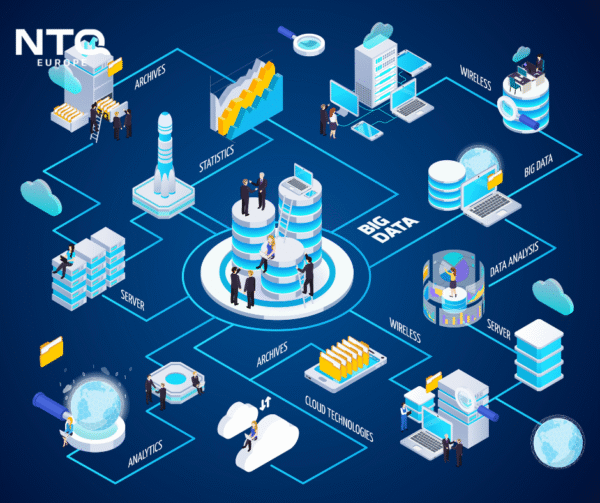
Modernizing legacy systems can help unlock new potential across your entire organization.
4. The Benefits of Legacy System Modernization: Unlocking Long-Term Value
Modernizing legacy systems can help unlock new potential across your entire organization. Businesses that invest in modernization gain a strategic edge in performance, innovation, and customer satisfaction.
Improved Performance and Scalability
Outdated systems often suffer from slow processing speeds, frequent downtimes, and limited capacity to handle growing workloads. These issues don’t just affect IT; they slow down your entire business, from internal operations to customer service delivery.
By modernizing your systems, whether through cloud migration, microservices adoption, or reengineering, you can significantly boost system responsiveness and enable horizontal and vertical scalability. This means you can easily support more users, process larger data volumes, and adapt faster to market demands without overhauling your entire infrastructure again in the near future.
Modern, scalable systems help you stay agile, grow without interruption, and deliver better digital experiences to users and customers alike.
Stronger Security and Regulatory Compliance
Security vulnerabilities are one of the most serious risks of maintaining legacy systems. Older platforms often lack support for modern encryption, access controls, or auditing features, and many are no longer patched by vendors. This leaves critical business and customer data exposed to cyber threats.
Modernization allows your organization to rebuild systems with security at the core. From multi-factor authentication to end-to-end encryption and continuous monitoring, a modern system is far better equipped to prevent breaches and minimize risk. Additionally, modernization helps ensure your technology stack complies with evolving regulations like GDPR, HIPAA, ISO 27001, and PCI DSS, avoiding potential fines and reputational damage.
Upgrading your system’s security posture protects your brand, builds customer trust, and keeps your business legally compliant.
Reduced Operational and Maintenance Costs
Maintaining legacy systems is complex and expensive. Older software often requires specialized skills that are becoming rare and costly. You might also be paying for outdated licenses, inefficient infrastructure, or manual workarounds that add time and labor overhead.
Modern systems, by contrast, are built with efficiency in mind. Automation, streamlined workflows, cloud-native environments, and modern development practices all contribute to reducing ongoing support and maintenance costs. Plus, better performance means less time lost to downtime and system failures.
Lower maintenance costs free up your IT and operations teams to focus on growth, innovation, and strategic projects that add real value to the business.
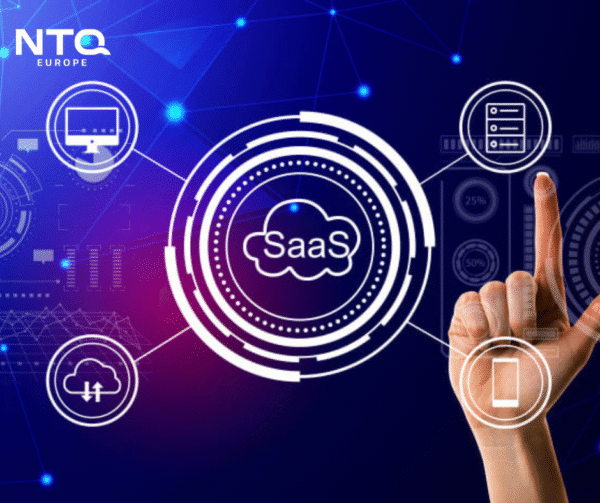
A successful modernization requires clear planning, the right tools, and a deep understanding of your current infrastructure.
5. Key Considerations for a Successful Legacy System Modernization
Whether you’re refactoring, replatforming, or rebuilding, a successful modernization requires more than technical know-how. It needs clear planning, the right tools, and a deep understanding of your current infrastructure.
To help make the process smoother and avoid major disruptions to daily work, here are three things worth paying attention to.
Assess the Obsolescence and Risks of Your Current System
Before jumping into any modernization effort, it’s essential to take a step back and thoroughly evaluate the current state of your legacy system. Ask questions like:
- Is the system still meeting business needs?
- What’s the cost of downtime or inefficiency?
- Are there known security risks?
- Is the system compatible with modern tools and platforms?
A detailed assessment helps you understand where your current setup is falling short and what areas must be prioritized. It also lays the foundation for making informed decisions about what to keep, improve, or completely replace.
Tip: Use a maturity or risk scoring model to objectively evaluate the system’s limitations in performance, scalability, security, and maintainability.
Choose the Right Technology Stack and Modernization Approach
There’s no single path to modernization. The right strategy depends on your business goals, team expertise, budget, and timeline. Some businesses might benefit from incremental changes (like refactoring), while others may need a full rebuild from the ground up.
Selecting a suitable technology stack is crucial to your long-term growth. Do you want to go cloud-native? Are microservices necessary for your product’s agility? Will your team be able to support and maintain the chosen technologies?
Tip: Don’t chase the trendiest tools! Choose technologies that are well-supported, scalable, and match your team’s capacity.
Plan a Smooth, Low-Risk Transition
One of the biggest fears around system modernization is disruption to business operations. But with the right planning, you can reduce or even eliminate downtime during migration.
Create a phased rollout plan that includes detailed timelines, fallback strategies, and clear communication across departments. Ensure all stakeholders, including IT, operations, finance, and customer-facing teams, are on the same page.
Also, consider hybrid models that allow old and new systems to run side-by-side temporarily. This gives you breathing room to test, refine, and transition smoothly without putting critical business functions at risk.
Tip: Don’t forget to plan for data migration, user training, and post-migration support.

Legacy system modernization requires a partner who understands the bigger picture: your business goals, operational realities, and long-term growth strategy.
6. Rethinking Legacy: Why NTQ Europe Is the Right Modernization Partner
Legacy system modernization requires more than just technical execution. It demands a partner who understands the bigger picture: your business goals, operational realities, and long-term growth strategy. What makes us the ideal choice isn’t just what we do, but how we do it. Here’s how NTQ Europe stands apart when it comes to legacy system modernization:
Flexible, Business-Centric Modernization Solutions
Every business has a unique operational model, legacy stack, and growth roadmap. We tailor solutions to align with your specific industry and business requirements. In addition, we integrate seamlessly with your existing systems while contributing to your sustainable development.
Advanced Technologies for Fast and Secure Transformation
Speed is important, but not at the cost of security or stability. We leverage modern architectures like microservices, containerization, and cloud-native platforms to ensure your transition is smooth, future-proof, and fully secure. From data migration to system reengineering, every step is built with compliance and risk mitigation in mind, allowing you to modernize confidently without operational disruption.
Maximize the Value of a Modern System
Legacy modernization is a gateway to operational efficiency, better customer experience, and long-term innovation. Beyond technical execution, we help businesses fully leverage their new environments through performance optimization, system integration, and automation to finally get a modern, scalable foundation that works harder for your business today and tomorrow.
7. Ready to Modernize What Matters?
Outdated systems can slow down operations, increase costs, and lead to security risks. Modernizing legacy systems is a strategic move to boost performance, enhance customer experience, while ensuring long-term scalability, and breaking free from maintenance-heavy platforms. Let’s turn your legacy into leverage.
Get in touch with us today to explore a tailored modernization strategy that fits your business and your future.













